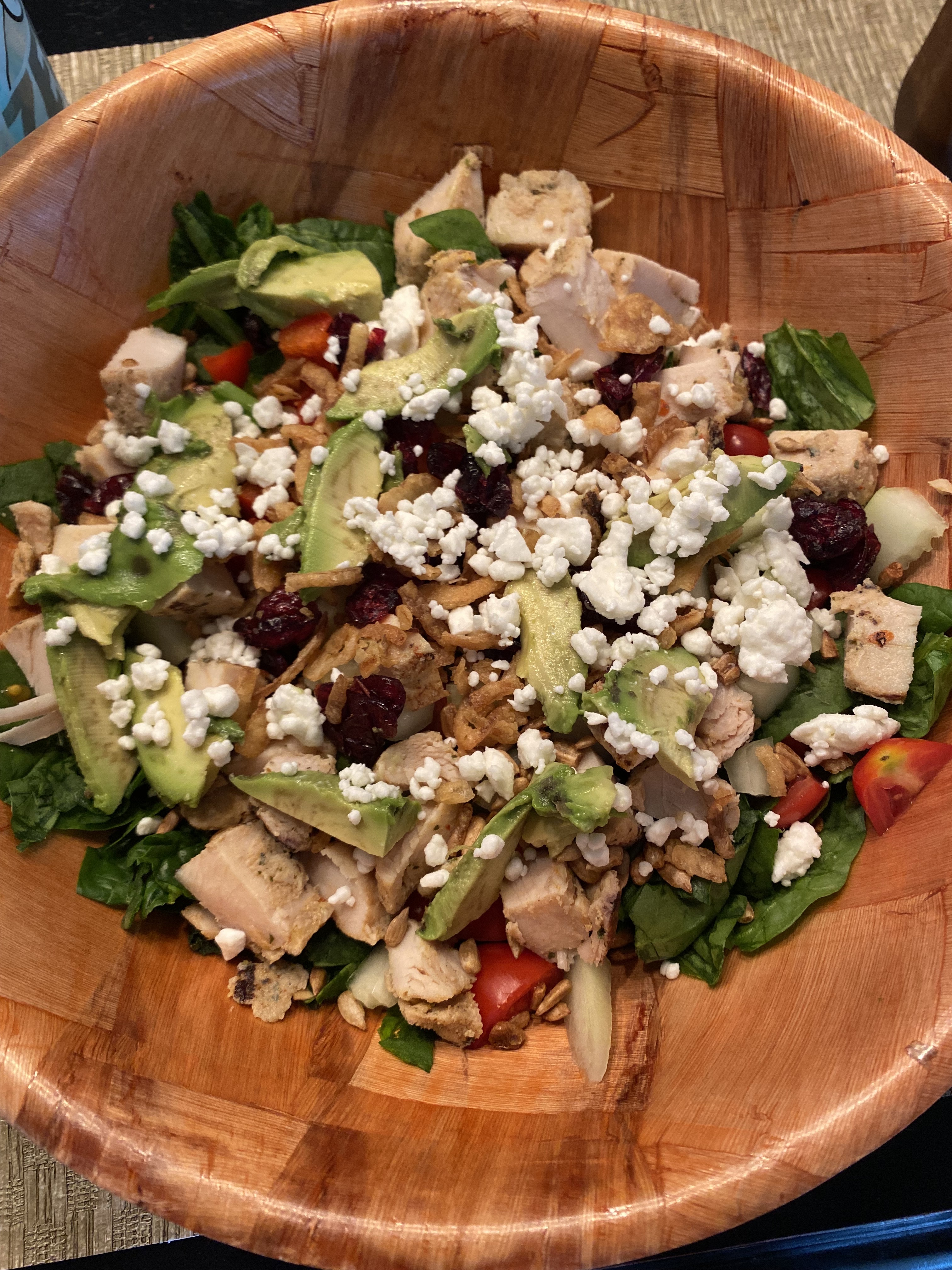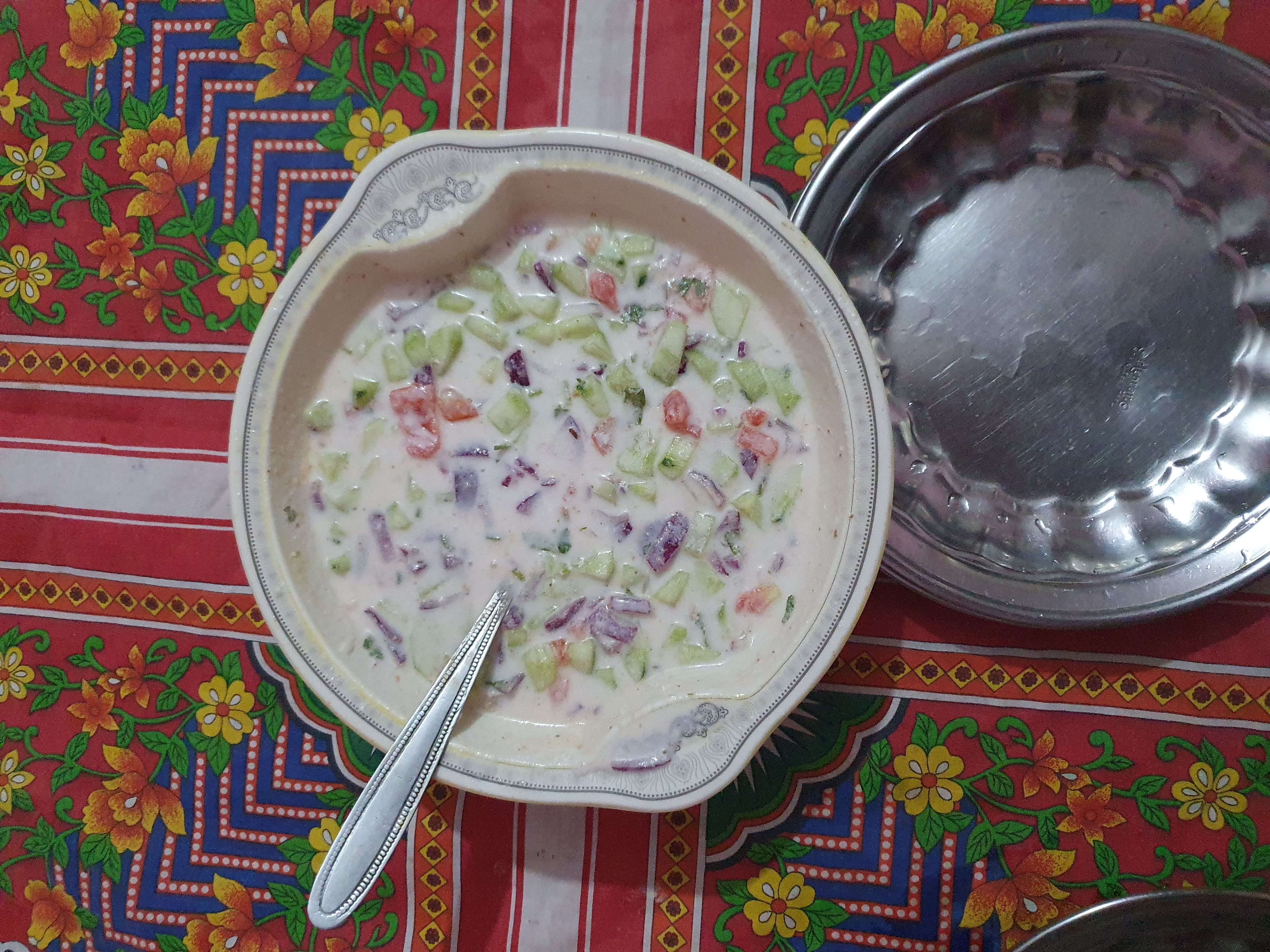|
Seekh Kebab
Seekh kebab is a type of kebab, native to the Indian subcontinent, made with Indian subcontinent spices, spiced minced or ground meat, usually lamb, beef, or chicken, formed into cylinders on skewers and grilled. It is typically cooked on a mangal or barbecue, or in a tandoor. Seekh kebabs are prepared in homes and restaurants throughout South Asia. It is a signature dish in Indian metro cities like Kolkata, Bhopal, Delhi, Hyderabad, Lucknow and in Pakistan (specifically in Karachi.) and Bangladesh. Description Seekh kebabs are soft and succulent, seasoned with various spices such as ginger, garlic, green chilli pepper, powdered chilli and garam masala, as well as lemon juice, coriander/cilantro and mint leaves. Sometimes extra fats are added to further enhance the flavor. Seekh kebabs are typically served with raita, salad, onion slices, lemon wedges or green chutney and eaten with naan breads or parathas. Some popular seekh kebabs variants are gola kabab, tunde ke kabab, ... [...More Info...] [...Related Items...] OR: [Wikipedia] [Google] [Baidu] |
Indian Subcontinent
The Indian subcontinent is a physiographic region of Asia below the Himalayas which projects into the Indian Ocean between the Bay of Bengal to the east and the Arabian Sea to the west. It is now divided between Bangladesh, India, and Pakistan. (subscription required) Although the terms "Indian subcontinent" and "South Asia" are often also used interchangeably to denote a wider region which includes, in addition, Bhutan, the Maldives, Nepal and Sri Lanka, the "Indian subcontinent" is more of a geophysical term, whereas "South Asia" is more geopolitical. "South Asia" frequently also includes Afghanistan, which is not considered part of the subcontinent even in extended usage.Jim Norwine & Alfonso González, ''The Third World: states of mind and being'', pages 209, Taylor & Francis, 1988, Quote: ""The term "South Asia" also signifies the Indian Subcontinent""Raj S. Bhopal, ''Ethnicity, race, and health in multicultural societies'', pages 33, Oxford University Press, 2007, ; Q ... [...More Info...] [...Related Items...] OR: [Wikipedia] [Google] [Baidu] |
Hyderabad
Hyderabad is the capital and largest city of the Indian state of Telangana. It occupies on the Deccan Plateau along the banks of the Musi River (India), Musi River, in the northern part of Southern India. With an average altitude of , much of Hyderabad is situated on hilly terrain around Lakes in Hyderabad, artificial lakes, including the Hussain Sagar lake, predating the city's founding, in the north of the city centre. According to the 2011 census of India, Hyderabad is the List of cities in India by population, fourth-most populous city in India with a population of residents within the city limits, and has a population of residents in the Hyderabad Metropolitan Region, metropolitan region, making it the List of metropolitan areas in India, sixth-most populous metropolitan area in India. With an output of 95 billion, Hyderabad has the sixth-largest urban economy in India. The Qutb Shahi dynasty's Muhammad Quli Qutb Shah established Hyderabad in 1591 to extend the ... [...More Info...] [...Related Items...] OR: [Wikipedia] [Google] [Baidu] |
Souvlaki
Souvlaki (, , ; plural: , ) is a Greek food item consisting of small pieces of meat and sometimes vegetables grilled on a skewer. It is usually eaten straight off the skewer while still hot. It can be served with or inside a rolled pita, typically with lemon, sauces, vegetables such as sliced tomato and onion, and fried potatoes as a side. The meat usually used in Greece and Cyprus is pork. Etymology The word ''souvlaki'' is a diminutive of the Medieval Greek ( meaning "skewer") itself borrowed from Latin . "Souvlaki" is the common term in Macedonia and other regions of northern Greece, while in southern Greece and around Athens it is commonly known as ''kalamaki'' ( meaning "small reed" or "little straw"). History In Greek culture, the practice of cooking food on spits or skewers dates to the Bronze Age.. Excavations in Santorini, Greece, unearthed sets of stone cooking supports used by the natives of the island before the Thera eruption of the 17th century BC; souv ... [...More Info...] [...Related Items...] OR: [Wikipedia] [Google] [Baidu] |
Kofta
Kofta is a family of meatball or meatloaf dishes found in South Asian, Central Asian, Balkan, Middle Eastern, North African, and South Caucasian cuisines. In the simplest form, koftas consist of balls of minced meat—usually beef, chicken, lamb or mutton, camel, seldom pork, or a mixture—mixed with spices and sometimes other ingredients. The earliest known recipes are found in early Arab cookbooks and call for ground lamb. There are many national and regional variations. There are also vegetable and uncooked versions. Shapes vary and include balls, patties, and cylinders. Sizes typically vary from that of a golf ball to that of an orange. Etymology In English, ''kofta'' is a loanword borrowed from the Hindi-Urdu कोफ़्ता / and Persian ''kofta'' meaning ''pounded meat''. The earliest extant use of the word in the Urdu language is attested in Mulla Nusrati's ''ʿAlī Nāma'' (1665). It was first used in English in '' Qanoon-e-Islam'' (1832), and the ... [...More Info...] [...Related Items...] OR: [Wikipedia] [Google] [Baidu] |
Paratha
Paratha (, also parantha/parontah) is a flatbread native to the Indian subcontinent, with earliest reference mentioned in early medieval Sanskrit, India. It is one of the most popular flatbreads in the Indian subcontinent and the Middle East. Etymology and alternative names ''Paratha'' is an amalgamation of the words ''parat'' and ''Atta flour, atta'', which literally means layers of cooked dough. The word is derived from Sanskrit (S. पर, or परा+स्थः, or स्थितः). Alternative spellings and names include ''parantha'', ''parauntha'', ''prontha'', ''parontay'', ''paronthi'' (Punjabi language, Punjabi), ''porota'' (in Bengali language, Bengali), ''paratha'' (in Odia language, Odia, Urdu, Hindi), ''palata'' (; in Myanmar), ''porotha'' (in Assamese language, Assamese), ''forota'' (in Chittagonian language, Chittagonian and Sylheti language, Sylheti), ''faravatha'' (in Bhojpuri), ''farata'' (in Mauritius and the Maldives), ''prata'' (in Southeast Asia), ... [...More Info...] [...Related Items...] OR: [Wikipedia] [Google] [Baidu] |
Naan Bread
Naan () is a leavened, oven-baked or tawa-fried flatbread, that can also be baked in a tandoor. It is characterized by a light and fluffy texture and golden-brown spots from the baking process. Naan is found in the cuisines of Central Asia, South Asia, Southeast Asia, and the Caribbean. Composed of white or wheat flour and combined with a leavening agent, typically yeast, naan dough develops air pockets that contribute to its fluffy and soft texture. Additional ingredients for crafting naan include warm water, salt, ghee and yogurt, with optional additions like milk, egg, or honey. Baking powder or baking soda can be used instead of yeast to reduce the preparation time for the bread. In the baking process using a tandoor, naan dough is rolled into balls, flattened and pressed against the inner walls, which can reach temperatures up to 480 °C (900 °F). This method allows the bread to be baked within minutes, achieving a spotty browning due to intense heat. Naan ca ... [...More Info...] [...Related Items...] OR: [Wikipedia] [Google] [Baidu] |
Chutney
A chutney () is a spread typically associated with cuisines of the Indian subcontinent. Chutneys are made in a wide variety of forms, such as a tomato relish, a ground peanut garnish, yogurt, or curd, cucumber, spicy coconut, spicy onion, or mint dipping sauce. Etymology The word ''chutney'' derives from Hindustani/Urdu (Nastaliq: چٹنی, Devanagari: चटनी) ''chaṭnī'', deriving from चाटना ''chāṭnā'' 'to lick' or 'to eat with appetite'. In India, ''chutney'' refers to fresh and pickled preparations indiscriminately; however, several Indian languages use the word for fresh preparations only. Overview In India, chutneys can be either made alongside pickles that are matured in the sun for up to two weeks and kept up to a year or, more commonly, are freshly made from fresh ingredients that can be kept a couple of days or a week in the refrigerator. In South India, Chutneys are also known as ''Pachadi'' (, , , , ) which generally refers to t ... [...More Info...] [...Related Items...] OR: [Wikipedia] [Google] [Baidu] |
Salad
A salad is a dish consisting of mixed ingredients, frequently vegetables. They are typically served chilled or at room temperature, though some can be served warm. Condiments called '' salad dressings'', which exist in a variety of flavors, are usually used to make a salad. Garden salads have a base of raw leafy greens (sometimes young "baby" greens) such as lettuce, arugula (rocket), kale or spinach; they are common enough that the word ''salad'' alone often refers specifically to garden salads. Other types of salad include bean salad, tuna salad, bread salads (such as fattoush, panzanella), vegetable salads without leafy greens (such as Greek salad, potato salad, coleslaw), rice-, pasta- and noodle-based salads, fruit salads and dessert salads. Salads may be served at any point during a meal: * Appetizer salads – light, smaller-portion salads served as the first course of the meal * Side salads – to accompany the main course as a side dish; examples inclu ... [...More Info...] [...Related Items...] OR: [Wikipedia] [Google] [Baidu] |
Raita
Raita is a side dish and condiment in Indian cuisine made of dahi (curd), dahi (yogurt, often referred to as curd) together with raw or cooked vegetables, fruit, or, in the case of boondi raita, with fried droplets of batter made from besan (chickpea flour, generally labeled as gram flour). The closest approximation in Western cuisine is a side dish or dip (food), dip, or a cooked salad. It is often referred to as a condiment, but unlike common Western condiments such as pepper, Mustard (condiment), mustard, and horseradish that make dishes more spicy, a dish of dahi or raita has a cooling effect to contrast with spicy curries and kebabs that are the main fare of some Asian cuisines. In Indian cuisine, some type of flatbread may be eaten together with raita, chutneys, and South Asian pickle, pickles. The yogurt may be seasoned with coriander, roasted cumin seeds, Mentha, mint, cayenne pepper, chaat masala and other herbs and spices. Etymology The word ''raita'' first appeared ... [...More Info...] [...Related Items...] OR: [Wikipedia] [Google] [Baidu] |
Garam Masala
Garam masala (Hindustani language, Hindustani: ''garam masālā'', ) is a Spice mix, blend of ground spices originating from the Indian subcontinent. It is common in Indian cuisine, Indian, Pakistani cuisine, Pakistani, Nepalese cuisine, Nepalese, Bangladeshi cuisine, Bangladeshi, and Caribbean cuisine, Caribbean cuisines. It is used alone or with other seasonings. The specific combination differs by district, but it regularly incorporates a blend of flavours like cardamom, cinnamon, cumin, cloves, bay leaves, star anise, and peppercorns. Garam masala can be found in a wide range of dishes, including marinades, pickles, stews, and curries. Ingredients The composition of garam masala differs regionally, with many recipes across the Indian subcontinent according to regional and personal taste, and none is considered more authentic than another. The components of the mix are roasted, then ground together or added to the dish for flavour just before finishing cooking. A typical ... [...More Info...] [...Related Items...] OR: [Wikipedia] [Google] [Baidu] |
Powdered Chilli
Chili powder (also spelled chile, chilli, or, alternatively, powdered chili) is the dried, pulverized fruit of one or more varieties of chili pepper, sometimes with the addition of other spices (in which case it is also sometimes known as chili powder blend or chili seasoning mix). It is used as a spice (or spice blend) to add pungency (piquancy) and flavor to culinary dishes. In American English, the spelling is usually "chili"; in British English, "chilli" (with two "l"s) is used consistently. Chili powder is used in many different cuisines, including American (particularly Tex-Mex), Chinese, Indian, Sri Lankan, Bangladeshi, Korean, Mexican, Portuguese, and Thai. Varieties Chili powder is sometimes known by the specific type of chili pepper used. Varieties of chili peppers used to make chili powder include Aleppo, ancho, cayenne, chipotle, chile de árbol, jalapeño, New Mexico, pasilla, and piri piri chili peppers. ''Gochugaru'' is a variety used in Korean cuisine tra ... [...More Info...] [...Related Items...] OR: [Wikipedia] [Google] [Baidu] |







